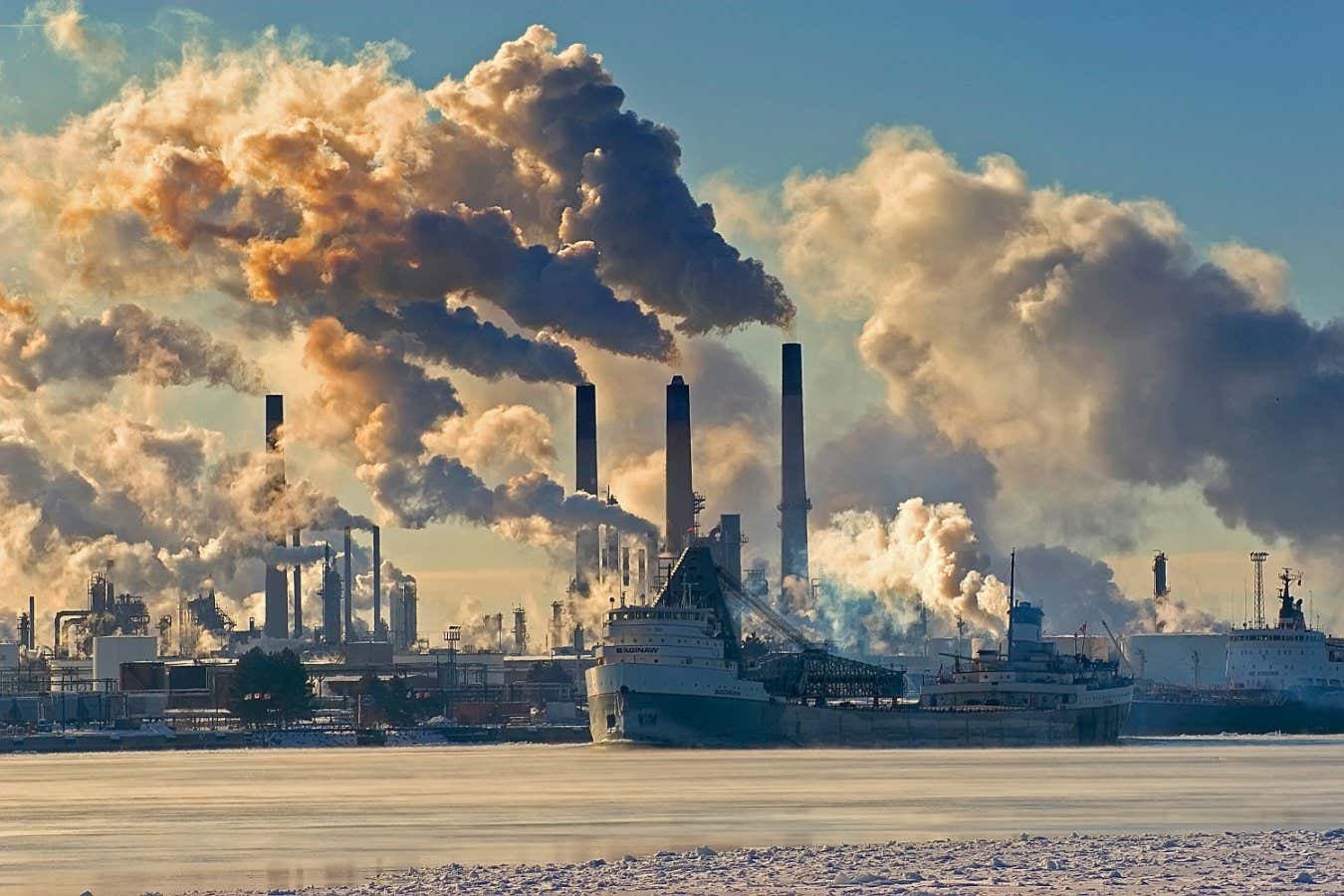
Carbon emissions have pushed the world to the brink of 1.5°C of warming
Dennis MacDonald/Shutterstock
It is clear that the world is going to exceed the 1.5°C target for global warming, leading to an increasing focus on plans to cool it down again by removing carbon dioxide from the atmosphere. But there is no guarantee that we will be able to achieve this – and even if we can, some changes can’t be reversed.
“Deaths are not reversible,” says Joeri Rogelj at Imperial College London. The focus needs to be on urgent emissions cuts to limit warming now, he and his colleagues are warning after studying various “overshoot” scenarios.
There are at least five big problems with the idea of overshooting climate targets and then cooling the planet back down, according to their study. The first is that many such scenarios give a misleading picture of the uncertainties and risks involved.
For instance, in its last major report, the Intergovernmental Panel on Climate Change (IPCC) looked at an overshoot scenario in which the world reached 1.6°C above preindustrial levels by around mid-century, just 0.1°C past the limit in the Paris Agreement. But because of uncertainties in how global temperatures will change in response to a given amount of CO2 in the atmosphere, the level of emissions assumed in this scenario could in fact result in anything up to 3.1°C of warming.
“For the same emission levels, there would be about a one in 10 chance that warming exceeds 2°C,” says Rogelj. “A one in 10 chance of a potential existential threat is not small.”
The second issue is that there is no guarantee warming will stop even if we stop adding CO2 to the atmosphere, so-called net-zero emissions.
For instance, warming could trigger stronger positive feedback effects than expected, leading to higher-than-projected emissions of carbon from, say, peat and permafrost, precipitating continued rises in global temperature even after we reach net zero.
What’s more, achieving net zero requires removing CO2 from the atmosphere, because for some activities such as farming, there may not be any way of reducing their emissions to zero. But there might be no affordable way to remove large enough quantities of CO2 from the atmosphere to compensate.
That is also the third big problem with overshoot scenarios. Cooling the planet after reaching net zero requires the removal of massive quantities of CO2, above and beyond those required to simply maintain net zero.
Even if the technology could be developed to do this, governments may baulk at the costs of something that, at least in the short term, is pretty much all loss and no gain. “In most cases the only benefit of carbon dioxide removal is that it removes carbon,” says Rogelj. “But otherwise it uses energy, it costs money, it requires investment and long-term planning.”
Such carbon removal could also have some disastrous side effects. For instance, one idea is to grow energy crops and burn them in power plants, capturing the carbon released during combustion and locking it away. But forests are still being cleared to create farmland for growing food and biofuel. Growing crops for carbon capture would make this problem worse and lead to even more habitat and biodiversity loss.
The fourth problem is that even if we do manage to remove enough CO2 to get temperatures back down again, it is going to take decades, says team member Carl-Friedrich Schleussner at the International Institute for Applied Systems Analysis in Laxenburg, Austria. That means we are still going to have to adapt to the higher temperatures while they last.
Yet as the last IPCC report pointed out, even adapting to the relatively small changes so far is proving more difficult than expected. “We have an overconfidence in our ability to adapt to [an] overshoot,” says Schleussner.
The fifth issue is that bringing temperatures back down won’t reverse all the changes. If more people die in extreme weather events or from starvation due to crop failures, there is no bringing them back.
Nor it is likely that species that go extinct can be brought back, for all the talk of de-extinction. Damaged ecosystems may not be able to recover, at least on human timescales. And higher temperatures, even if eventually reversed, will still lead to higher sea level rises in the following decades and centuries.
The worst-case scenario would be that overshooting triggers a tipping point such as the collapse of the West Antarctic ice sheet or the drying up of the Amazon, which will be impossible to reverse for many millennia.
“Humanity is making a reckless gamble on overshooting dangerous climate change,” says James Dyke at the University of Exeter, UK, who wasn’t involved in the study.
The work shows that irreversible consequences result from global warming exceeding 1.5°C, says Dyke. “[This is] an outcome I would argue is now inevitable, given increasing carbon emissions and continued finance and political support for fossil fuel use.”
However, Dyke thinks that by estimating how much CO2 removal would be required in various scenarios, the study implies such feats are feasible.
“To propose we can overshoot 1.5°C or any amount of warming and then lower temperatures with gigatonne-scale carbon removal is to essentially propose a time machine in which decades of political delay are unwound by technological solutions,” he says. “Unfortunately, these carbon-removal technologies do not exist at scale and evidence of past attempts do not inspire confidence this will change anytime soon.”
Topics:








